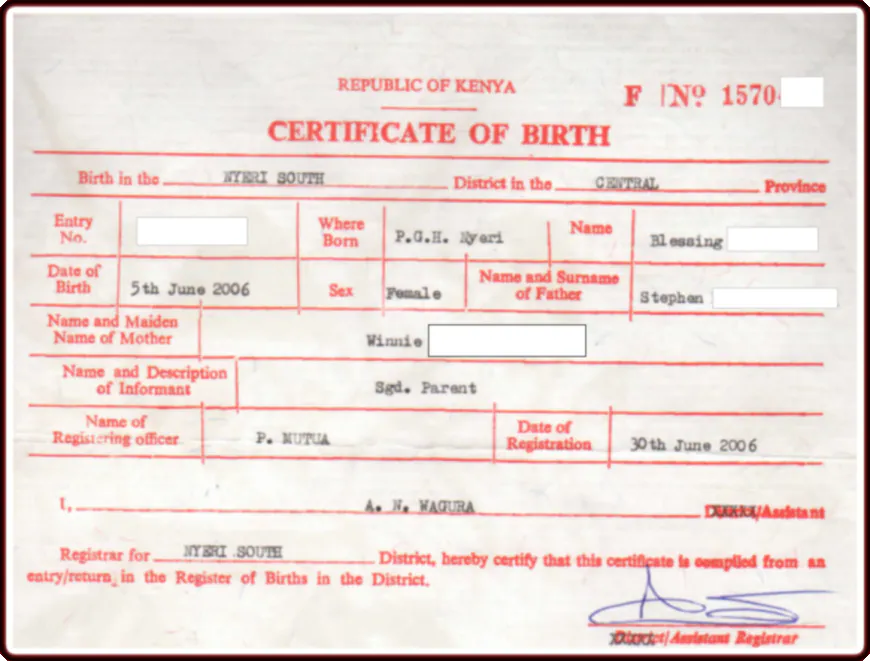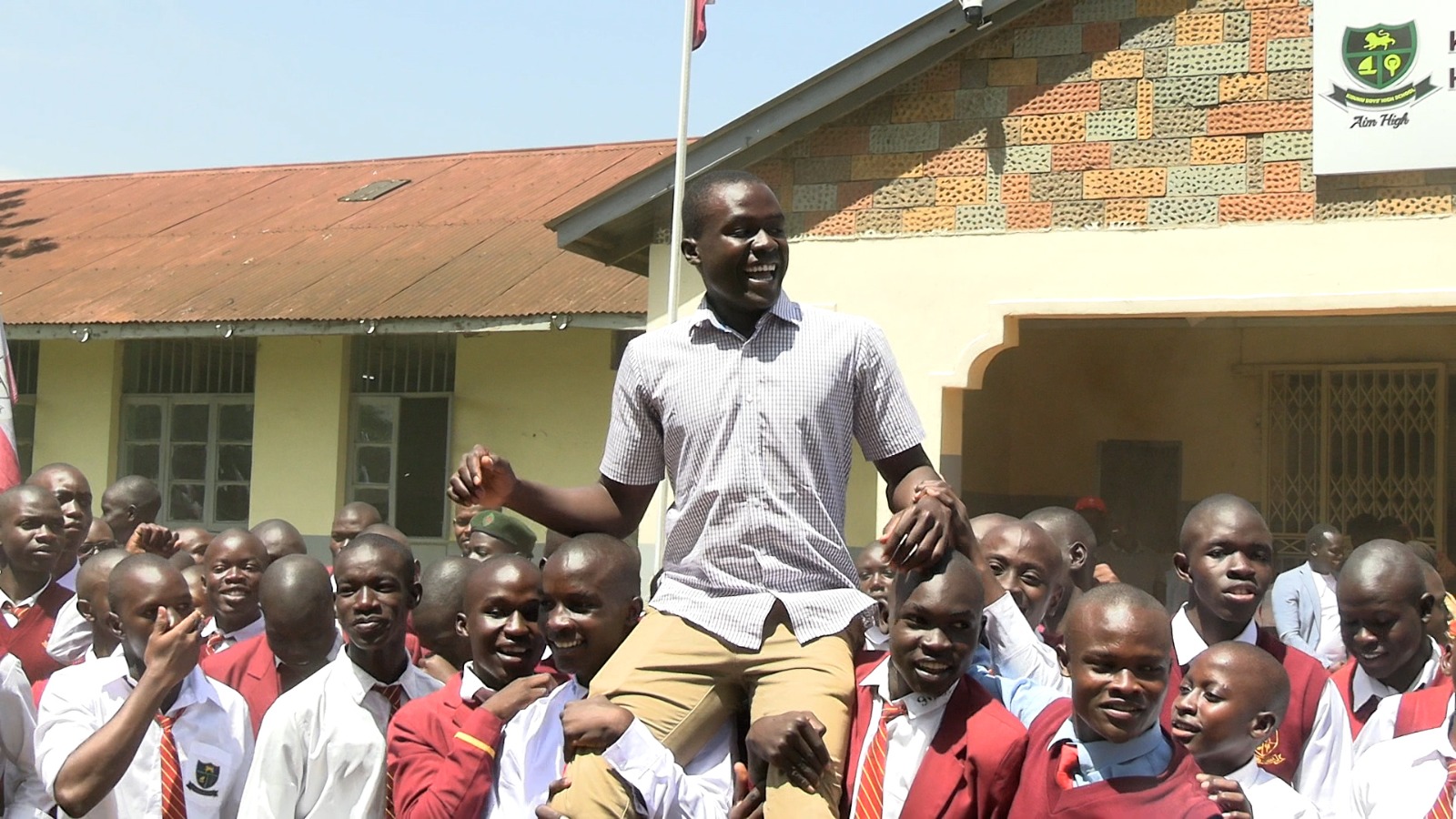Kenya is witnessing a dramatic decline in birth registrations and fertility rates. Official data shows a sharp drop in the number of birth certificates issued over the past two years—a trend that experts say could signal long-term demographic and economic shifts.
According to the latest data from the Kenya National Bureau of Statistics (KNBS), the number of birth certificates issued plunged from 1.98 million in 2022 to 1.35 million in 2024, a decline of over 600,000.
“This trend is a result of both reduced birth registrations and a shortage of official birth certificate booklets,” KNBS stated in its newly released report.
While Nairobi County led with the highest number of birth certificates issued in 2024 at 152,433, counties such as Samburu (6,230), Lamu (6,845), and Isiolo (9,378) recorded the lowest figures.
Coastal counties, once known for relatively high fertility, also saw dramatic dips. Mombasa, for instance, issued 58,226 birth certificates in 2022 and just 40,821 in 2024 — a nearly 30% decrease.
Kilifi, after peaking at 90,602 in 2023, dropped to 62,352 in 2024, while Kwale saw a steady three-year decline from 37,080 in 2022 to 33,915 in 2024.
The decline wasn’t limited to the coast. Urban counties including Kisumu, Nakuru, and Uasin Gishu experienced similar trends. Kisumu’s registration numbers dropped from 54,363 in 2022 to 35,511 in 2024, while Nakuru fell from 88,489 to 62,118 and Uasin Gishu from 52,876 to 35,931 in the same period.
These figures reflect a broader national trend in falling fertility. Kenya’s Total Fertility Rate (TFR) — the average number of children per woman — dropped from 2.8 in 2022 to 2.3 in 2024, its lowest level in five years.
The General Fertility Rate (GFR) also declined, from 98 births per 1,000 women of reproductive age in 2022 to 75.9 in 2024. Similarly, the Crude Birth Rate (CBR) fell from 24.1 births per 1,000 people in 2022 to 21.2 in 2024.
Women aged 20–24 and 25–29, typically the most fertile age groups, also recorded declining rates — from 147 and 141 births per 1,000 women respectively in 2022, to 128 and 117 in 2024.
Demographers warn that the downward trend, if sustained, could have far-reaching consequences for Kenya’s future workforce and economic planning.
“While a declining fertility rate may reduce pressure on public resources in the short term, it also means fewer young people entering the labor market — a challenge for economic growth in the long run,” said a senior statistician familiar with the report.












